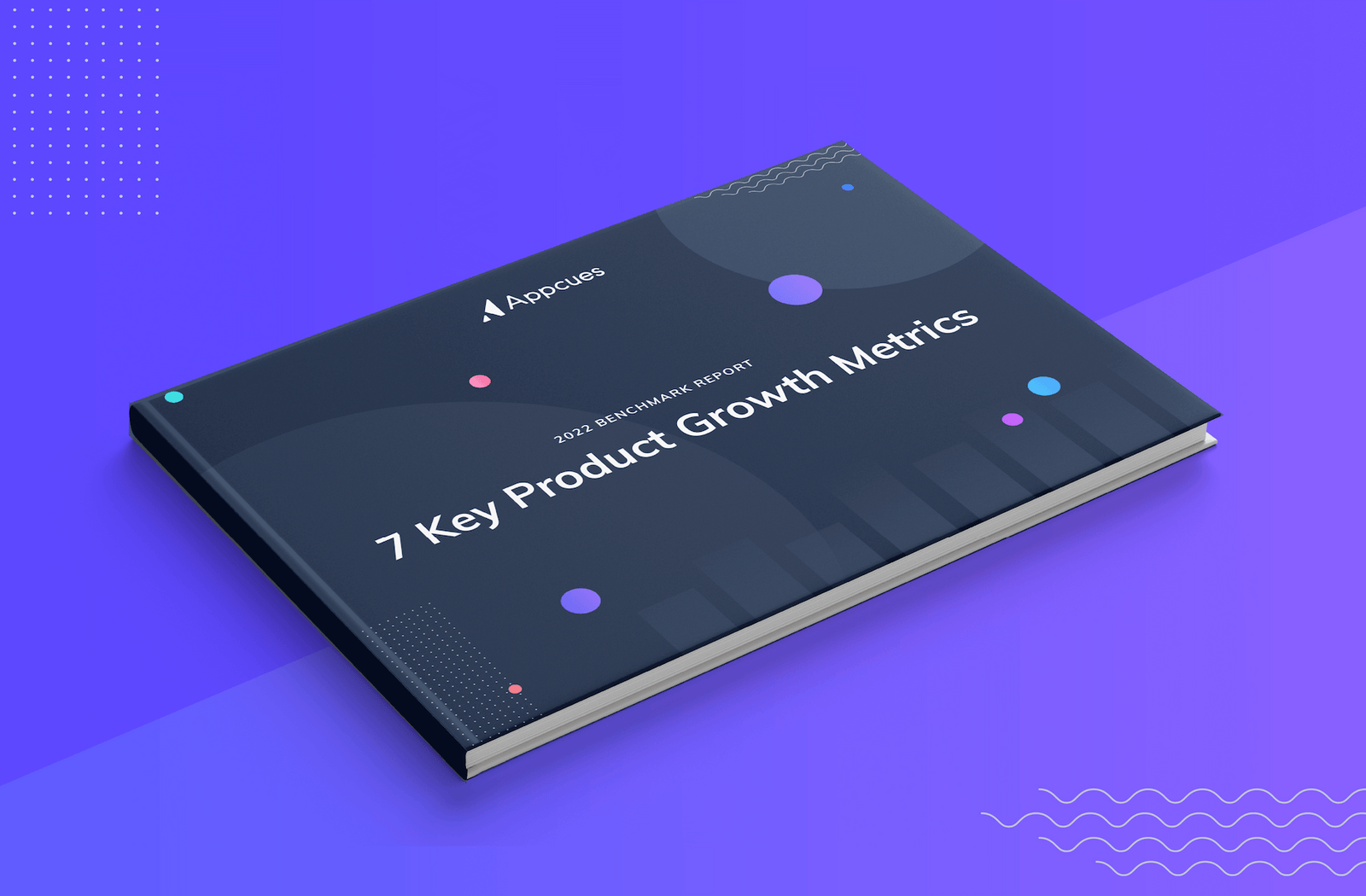
EXPANSION PLAYBOOK
evaluation playbook
activation playbook
ADVOCACY PLAYBOOK
adoption playbook
Measuring the impact of user onboarding using retention curves
How does your user onboarding stand up? The number of users who stick around is a good indication. Learn how to use retention curves to evaluate your onboarding in this playbook.






